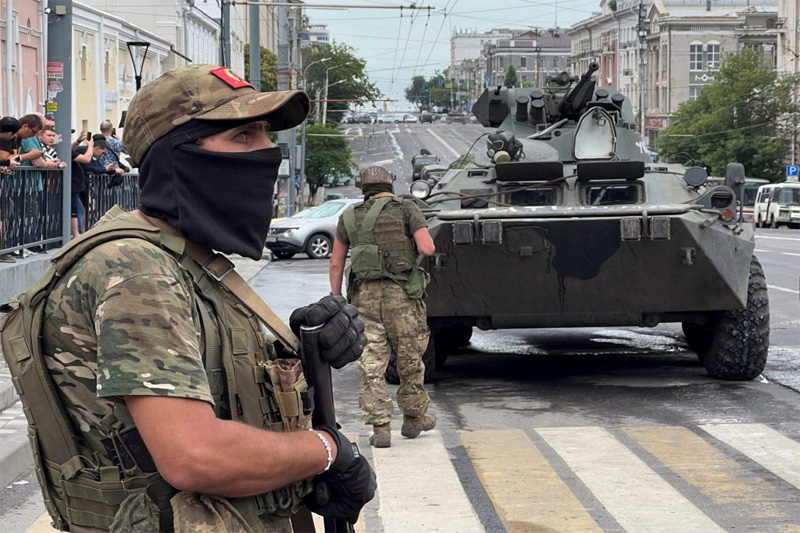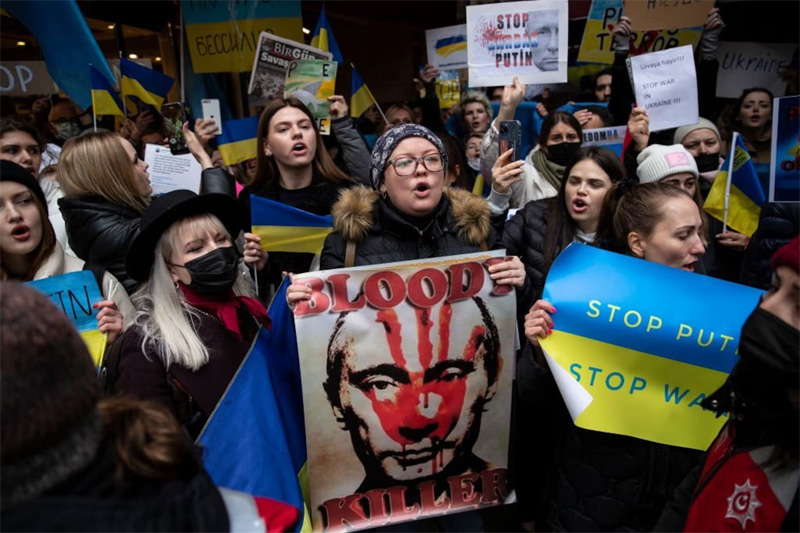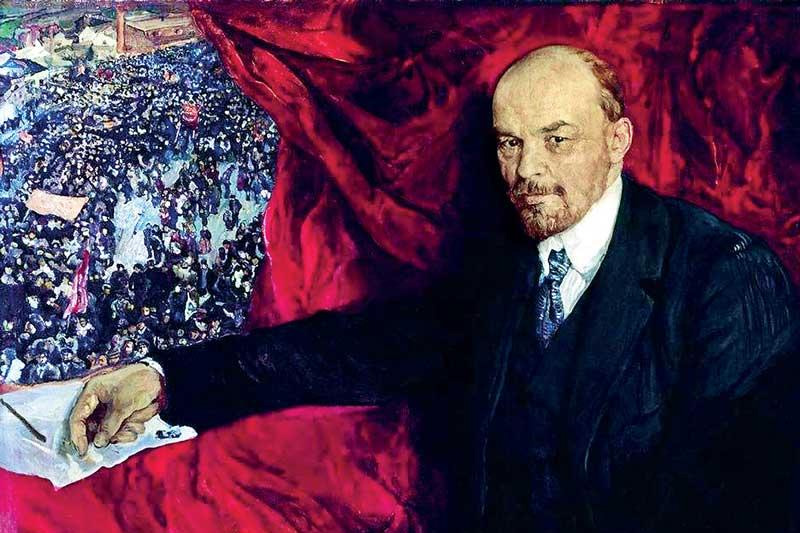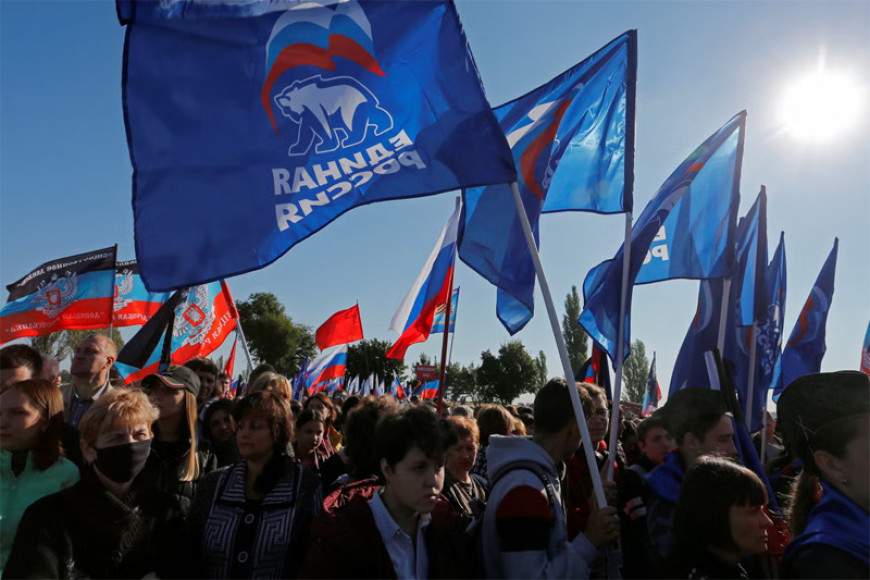In the classic board game Risk, one learns the basics of geopolitical maneuvering without encountering a unified "Russia." Instead, the game map features Ukraine, Ural, Yakutia, Chita, and Kamchatka. This reflects an underlying geopolitical reality: the idea of the world's largest country by area disintegrating might seem implausible, but it has fascinated both Russians and Western strategists for decades. As early as the 1980s, British author Edward Crankshaw's novel, *The Fall of the Russian Empire*, depicted Russia as a "human volcano about to explode."
### Historical Precedents of Collapse
Empires historically unravel following severe military defeats. These defeats often act as both cause and catalyst for broader implosion, revealing weaknesses in political legitimacy and state structures and compounding the human and financial costs of war. The fall of the Russian Empire after World War I and the Soviet Union's dissolution post-Afghan conflict are key examples. In both cases, military failures exposed systemic weaknesses and fueled nationalist sentiments among subjugated groups, leading to fragmentation.

Vladimir Putin, possibly seeking another term in 2024, faces the challenge of averting a similar fate for contemporary Russia. Inspired by the ideas of philosopher Ivan Ilyin, who warned about the dangers of Russia's fragmentation, Putin is likely aware that a military defeat could jeopardize his political survival and possibly his life. The risk today extends beyond state collapse to the fragmentation of an empire still dominated by ethnic Russians over numerous other nationalities.
### Economic and Social Strains
The centralized power system Putin has enforced over the past two decades, including the reconfiguration of the federation's components, would be significantly destabilized by a major military defeat. Economically, a prolonged war could strain resources, forcing Moscow to choose between military spending and civilian needs. Returning soldiers from conflicts, particularly in Ukraine, may feel disillusioned and marginalized, potentially turning to criminal activities. Moreover, former prisoners conscripted into militias might exploit their wartime skills in organized crime, exacerbating social instability.
Authoritarian regimes often balance power through internal competition among elites. In Russia's case, this could lead to large-scale violence involving the military, intelligence agencies, the National Guard, and various militias led by figures like Yevgeny Prigozhin, Ramzan Kadyrov, and Sergey Shoigu. Such fragmentation of authority could destabilize the central government and ignite conflicts among different power factions.
### The Question of National Identity
The threat of territorial secession adds to political risks. Political scientist Sergueï Medvedev argues that Russia lacks a coherent national identity, comprising diverse populations governed by a centralized state. The Russian Federation includes 89 federal subjects, with 21 non-Slavic autonomous republics. Ethnic Russians (approximately 80% of the population) are in decline, while other nationalities, including Tatars, Bashkirs, Chuvash, and Chechens, are growing. These minority groups, often from impoverished regions, disproportionately serve in the military, echoing historical patterns where marginalized populations were used as expendable resources by empires.
Reflecting on the early 1990s, when the Soviet Union and the Russian Federation experienced nationalist movements and declarations of sovereignty, similar dynamics could reemerge today. Each of the 21 constituent republics declared sovereignty in 1990. Presently, among the 89 federal entities, some are not internationally recognized. Regions like the Caucasus, Tuva, and Buryatia, heavily affected by human losses, might pursue secession due to homogeneity or economic grievances. Wealthy republics with nationalist histories, such as Tatarstan and Bashkortostan, could also lead separatist movements, potentially ending the "inner empire" established centuries ago.
### Demographic Shifts and Nationalism
Some Russian nationalists might view the departure of non-Russian regions favorably, aiming to consolidate a more homogeneous Russian state. However, this would exacerbate demographic issues in a country already facing population decline. Minority regions with positive birth rates, such as Chechnya, Ingushetia, Dagestan, and Tuva, could constitute 30% of the population in the near future. This demographic shift could further strain Russia’s social and political fabric.

Unlike the Soviet Union, which had decentralized power centers, contemporary Russia is characterized by economic, social, and regional fragmentation. This fragmentation suggests a scenario more akin to Yugoslavia's disintegration than the USSR's dissolution. Russia's potential fragmentation might involve chaotic, prolonged, and violent processes, leading to the creation of new federal or confederal structures, rather than a straightforward dissolution into independent states.
### Comparing Historical Models
The potential collapse of Russia might resemble 1917 more than 1991, akin to the Ottoman Empire's fragmentation, likely igniting new conflicts in Eurasia. Neighboring powers, particularly China and Turkey, might seek to capitalize on Russia's disintegration, vying for influence over its territories. Belarus’s fate would also hang in the balance, potentially leading to conflicts similar to those in the former Yugoslavia.
The nuclear dimension of Russia's fragmentation would differ from the Soviet Union's breakup. Russia’s nuclear arsenal is largely centralized within its core territory, posing a controlled but significant concern in the event of severe disruption. Historically perceived as a militarized yet economically struggling state, Russia’s potential evolution into a chaotic entity with nuclear capabilities presents a distinct challenge.
### International Implications
While the fragmentation of Russia seems unlikely, the possibility warrants serious consideration. Historical debates, such as the cautious approach taken by the U.S. in 1991 regarding the Soviet Union's dissolution, suggest that Western strategies today would likely prioritize stability over encouraging disintegration. China, despite potential long-term gains, would prefer stability over the chaos of Russian fragmentation, highlighting a shared global aversion to disorder.

Publicly advocating for Russia's collapse could exacerbate tensions and fuel paranoia within Russia. Instead, a pragmatic approach involves preparing for potential consequences, including containing violence and supporting transformative forces within Russia. Ensuring that internal disintegration does not escalate into broader conflicts or humanitarian crises remains crucial, aligning with the complexities of modern geopolitics and historical lessons.
### Conclusion: Navigating an Uncertain Future
In conclusion, the scenario of Russia's fragmentation, while improbable, cannot be dismissed outright. Historical precedents, economic and social strains, and demographic shifts all contribute to the complexity of such a potential future. As global powers navigate this uncertain landscape, a balanced approach that prioritizes stability, containment, and strategic support for positive change within Russia will be essential. This approach aligns with the lessons of history, recognizing the intricate dynamics at play in the potential fragmentation of a modern empire.
### References for the Article
1. **Crankshaw, Edward.** *The Fall of the Russian Empire.* New York: Viking Press, 1971.
2. **Medvedev, Sergei.** *The Return of the Russian Leviathan.* Polity, 2020.
3. **Hill, Fiona, and Clifford G. Gaddy.** *Mr. Putin: Operative in the Kremlin.* Brookings Institution Press, 2015.
4. **Treisman, Daniel.** *The Return: Russia’s Journey from Gorbachev to Medvedev.* Free Press, 2011.
5. **Kennan, George F.** "The Sources of Soviet Conduct." *Foreign Affairs*, vol. 25, no. 4, 1947, pp. 566-582.
6. **Bugajski, Janusz.** *Failed State: A Guide to Russia’s Rupture.* Jamestown Foundation, 2022.
7. **Coffey, Luke.** "Preparing for the Final Collapse of the Soviet Union and the Dissolution of the Russian Federation." *The Heritage Foundation*, 2022.
8. **Khodarkovsky, Michael.** "Russia’s Vulnerability to Fragmentation." *Foreign Policy*, 2016.
9. **Galeotti, Mark.** *We Need to Talk About Putin: Why the West Gets Him Wrong.* Ebury Press, 2019.
10. **Pifer, Steven.** "Ukraine, Russia, and U.S. Policy: Lessons from the Soviet Collapse." *Brookings Institution*, 2022.



